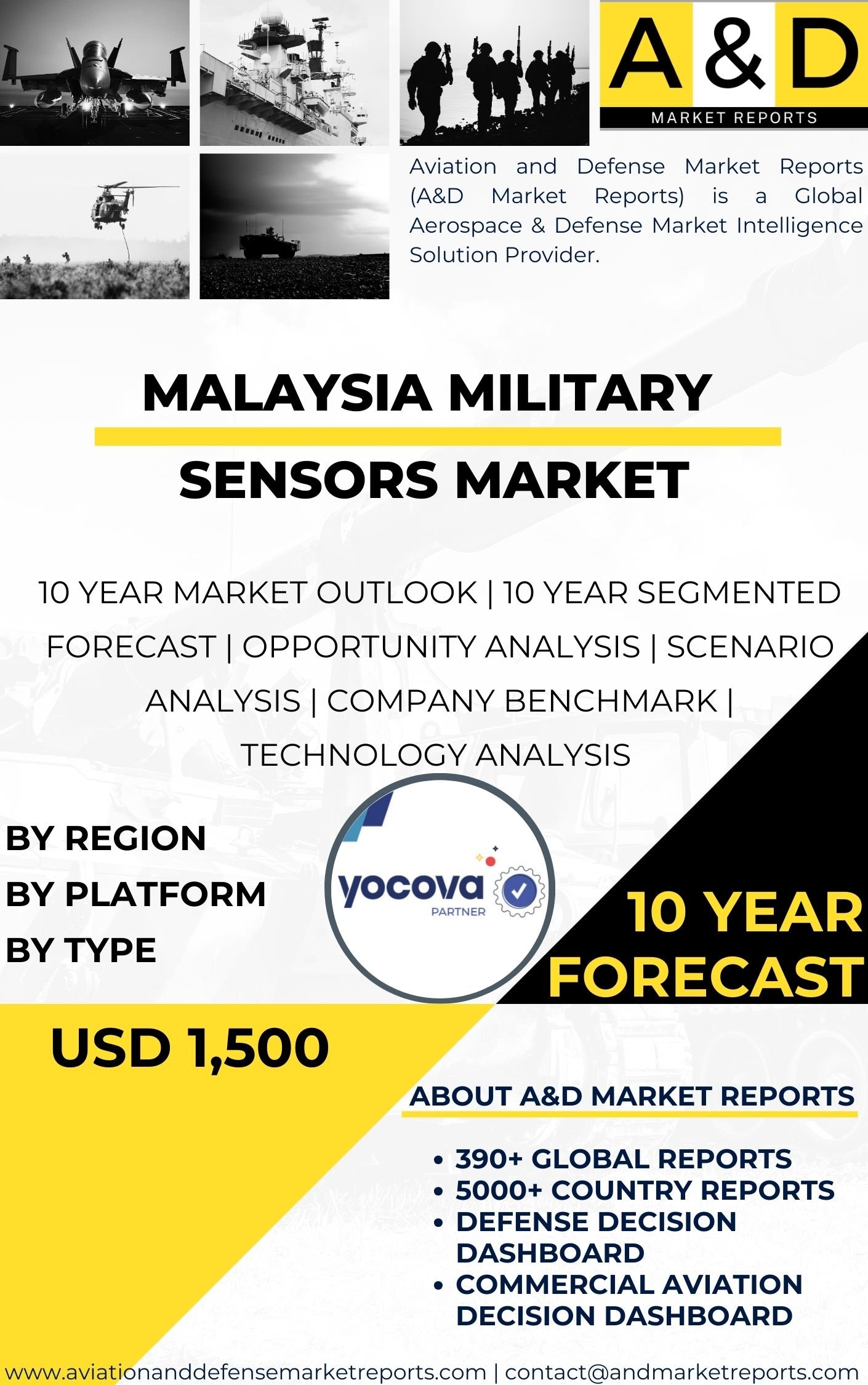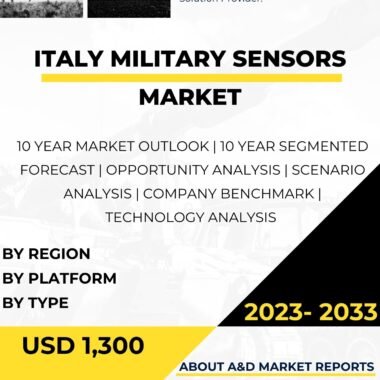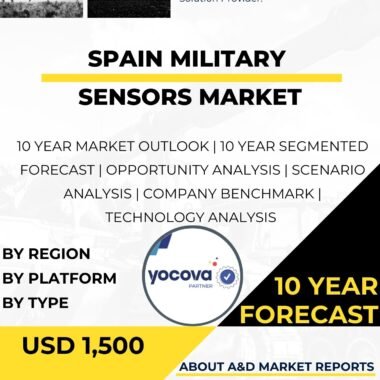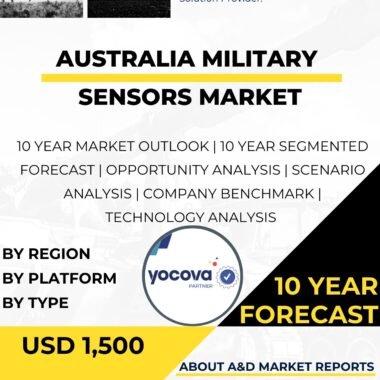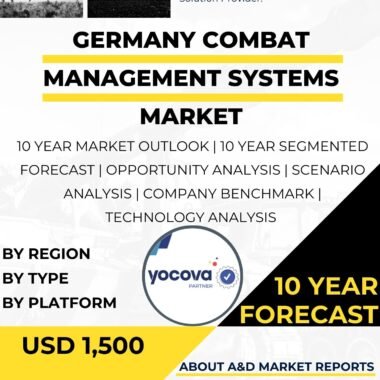Description
The Military Sensors market in Malaysia has been experiencing significant growth and development in recent years, reflecting the country’s commitment to enhancing its defense capabilities and modernizing its armed forces. Military sensors are critical components of modern defense systems, providing essential data for intelligence, surveillance, reconnaissance, and target acquisition.
As a strategically located nation in Southeast Asia, Malaysia faces diverse security challenges, including territorial disputes and regional tensions. The integration of advanced military sensors into its defense strategy enables the Malaysian Armed Forces to maintain a credible and agile force capable of responding swiftly to various threats.
The adoption of modern military sensors offers several significant advantages. These sensors provide critical information about the operational environment, including the presence and movement of enemy forces, terrain conditions, and weather patterns. With real-time data from military sensors, the Malaysian Armed Forces can make better-informed decisions and respond effectively to dynamic and complex operational scenarios.
Moreover, military sensors play a pivotal role in intelligence gathering and information sharing. Sensors installed on surveillance platforms, such as UAVs, satellites, and ground-based radars, provide real-time intelligence to command centers and frontline units. This enhanced situational awareness enables military leaders to track potential threats and deploy resources strategically.
Additionally, military sensors are essential for target acquisition and precision strike capabilities. Sensors equipped with advanced targeting technology enable accurate identification and engagement of enemy assets, minimizing collateral damage and increasing the effectiveness of military operations.
The Malaysian government has recognized the importance of international collaborations in acquiring and developing military sensor technologies. Partnerships with leading global defense companies and technology providers have facilitated access to cutting-edge sensor systems and expertise. These collaborations have enabled technology transfer and capacity building, contributing to the growth of Malaysia’s domestic military sensor capabilities.
Furthermore, Malaysia has been actively investing in local research and development (R&D) initiatives to foster indigenous military sensor technologies. By encouraging homegrown innovation, Malaysia aims to achieve self-reliance in sensor development and strengthen its defense industrial base.
While the Military Sensors market in Malaysia shows promise, it is not without challenges. One of the primary hurdles is the need to ensure secure data transmission and communication channels for military sensors to protect sensitive information from cyber threats and potential adversaries.
Moreover, military sensors must be able to operate effectively in diverse environmental conditions, including harsh climates and challenging terrains. Ensuring the reliability and resilience of sensors in such environments is critical to maintaining operational effectiveness.
Additionally, interoperability and compatibility among different sensor systems and platforms are essential for efficient data sharing and joint military operations. Standardizing communication protocols and technologies is crucial to enhancing the effectiveness of military sensors in a multi-platform and coalition environment.
Looking ahead, the Military Sensors market in Malaysia is poised for further growth. The government’s commitment to modernizing its defense capabilities and adopting advanced technologies will drive continued investments in military sensor systems. As sensors continue to evolve and demonstrate their effectiveness, they are likely to play an increasingly pivotal role in Malaysia’s defense and security strategy.
Moreover, Malaysia’s participation in regional security collaborations and joint military exercises will likely influence its military sensor requirements. As the country seeks to strengthen its position as a key player in regional security and defense cooperation, the demand for advanced military sensor systems with interoperability and compatibility with allied forces will increase.
In conclusion, the Military Sensors market in Malaysia has experienced significant growth and progress. The government’s focus on enhancing its defense capabilities and investing in advanced technologies has paved the way for the integration of modern military sensors into its military strategy. International collaborations and domestic research efforts have positioned Malaysia as a participant in the global military sensor landscape.
However, challenges related to cybersecurity, environmental adaptability, interoperability, and data sharing must be addressed proactively to sustain and enhance the growth of the military sensors market in the years to come. By leveraging military sensor technologies effectively, Malaysia can effectively enhance its defense capabilities, improve situational awareness, and bolster its overall security posture.
